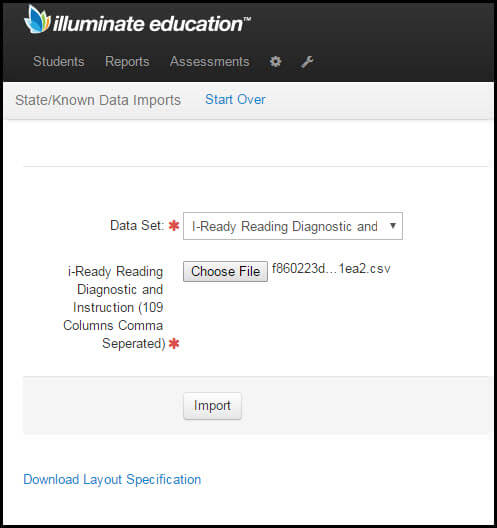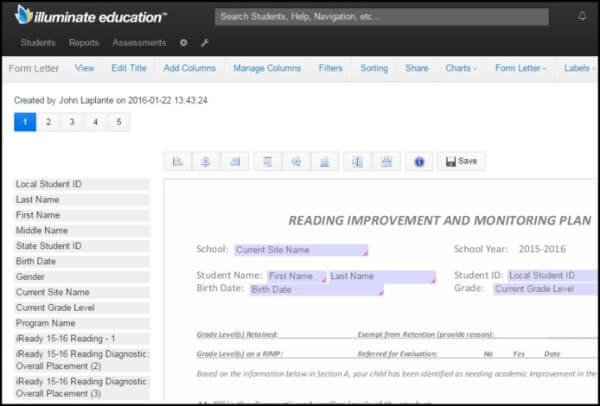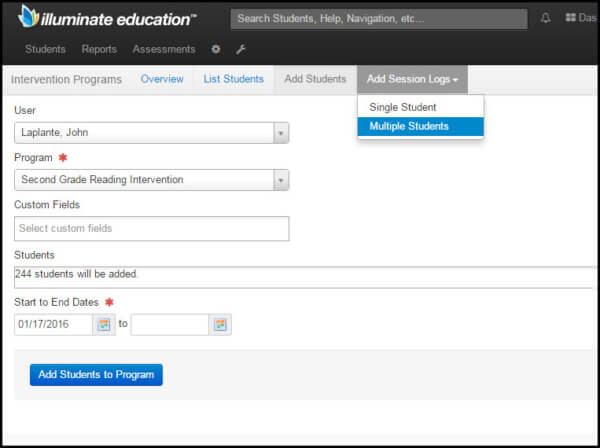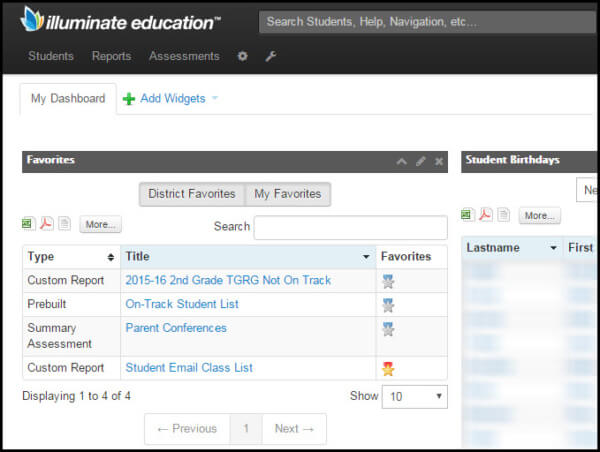Use Technology to Manage your Reading Improvement Processes
This article was originally written by John LaPlante, Executive Director of ACCESS, on LinkedIn Pulse and is republished with his permission.
In Ohio, we have something called the Third Grade Reading Guarantee (TGRG). This is a program through which schools ensure that all third graders have a standard level of reading comprehension. All schools need to participate in this program, and the level of recordkeeping and program management can sometimes seem overwhelming. There are 3 main parts of this program that all schools must implement. First, the schools need to identify an initial assessment, given to all K-3 students at the beginning of each school year, to determine who is “On Track” to pass the TGRG and who is “Not On Track.” Next, districts must create a Reading Improvement Monitoring Plan, or RIMP for the kids who need additional intervention. And Finally, districts must provide (and fully document) additional intervention support for those kids identified as Not On Track. While each of these taken independently is not difficult to implement, wouldn’t it be great to have a system that brought everything together and made it easy for everyone to share?
ACCESS has implemented Illuminate Education’s “DnA” (short for Data and Assessment) program to assist our districts with this process (along with quite a few others). DnA will assist districts in the three major areas of reading improvement as shown below.
Using DnA, districts can upload the reading scores from various assessment companies (iReady-shown below, NWEA/MAP, STAR Renaissance, etc.) or manually upload the local results from their use of the State-developed diagnostic assessment. Schools are required to give these assessments to all K-3 students.

Next, custom reports can be written against this assessment data to determine who is “On Track” and who is “Not On Track”. These reports can be customized by the district, to include cut scores, filters, and building-level sorting.

In the example above, we are analyzing the 2015-16 iReady data that was loaded in the previous example. This custom report is filtering only second graders, and only those 2nd graders whose diagnostic score is below second grade.
One really cool feature is the ability to upload a district branded PDF file to serve as the form letter of the child’s RIMP. The data from the reading assessment can then be added through a drag-and-drop process right on to the PDF form, creating a simple way to create and print these RIMPs. Because the RIMPs are really just a form letter of the underlying assessment data, they can be easily updated and improved as the process continues.

And finally, through a few clicks of a button, districts can add these kids to intervention programs (defined and managed through DnA), document the additional intervention sessions and the intervention that was given, and track caseloads and student participation.

As a bonus, all of this is also available to their classroom teachers through the DnA teacher dashboard. Teachers can mark certain reports as their “Favorites”, meaning that they are only a single click away.

Because of the hierarchical nature of the data structure, one report (the “2015-16 2nd Grade TGRG Not On Track” report above) is all that is needed for the district. If a teacher clicks that link, he will only see his kids listed. If a district administrator clicks the link, she will see all of the district’s kids listed.
How’s that for a technology-enabled solution to managing your reading improvement processes? Easy for administrators and easy for teachers.
A true win-win!
If you’d like to get more detail or see a demo of how Illuminate Education’s Data and Assessment platform can enable early warning systems, please shoot us an email!
ACCESS is one of twenty-three Data Acquisition Sites licensed by the Ohio Department of Education. ACCESS is a membership organization, wholly owned by its member districts and governed by a Board of Directors elected by the membership. ACCESS serves 26 school districts in Columbiana and Mahoning County, two educational service centers, 20 non-public schools and two Special Education Regional Resource Centers.

